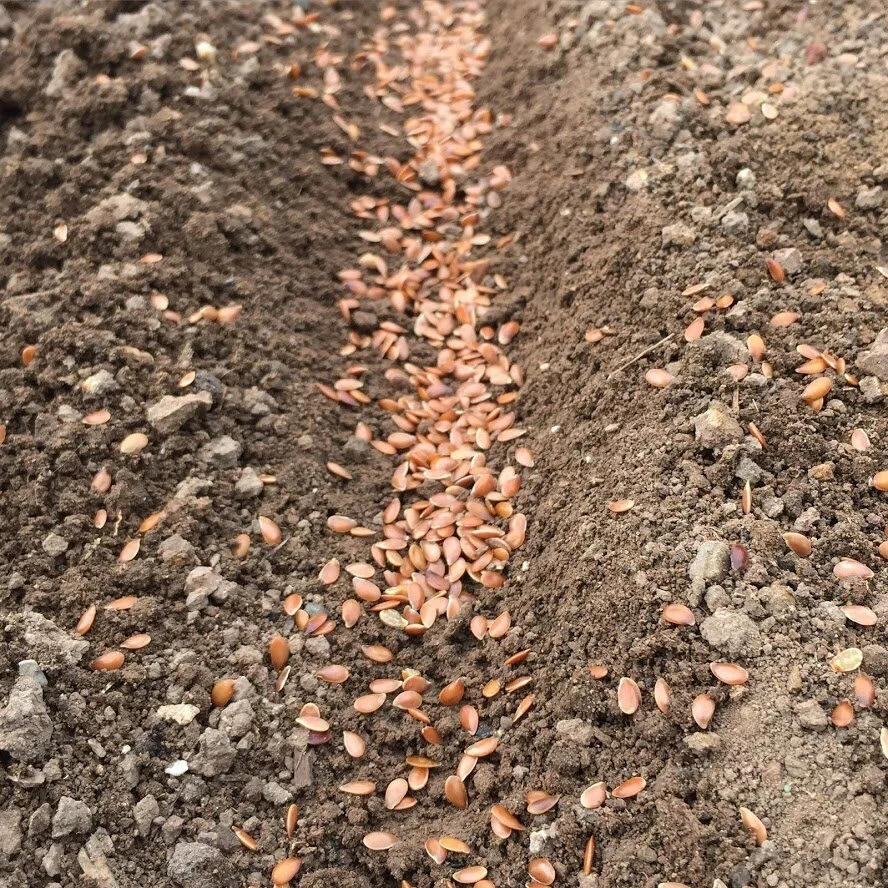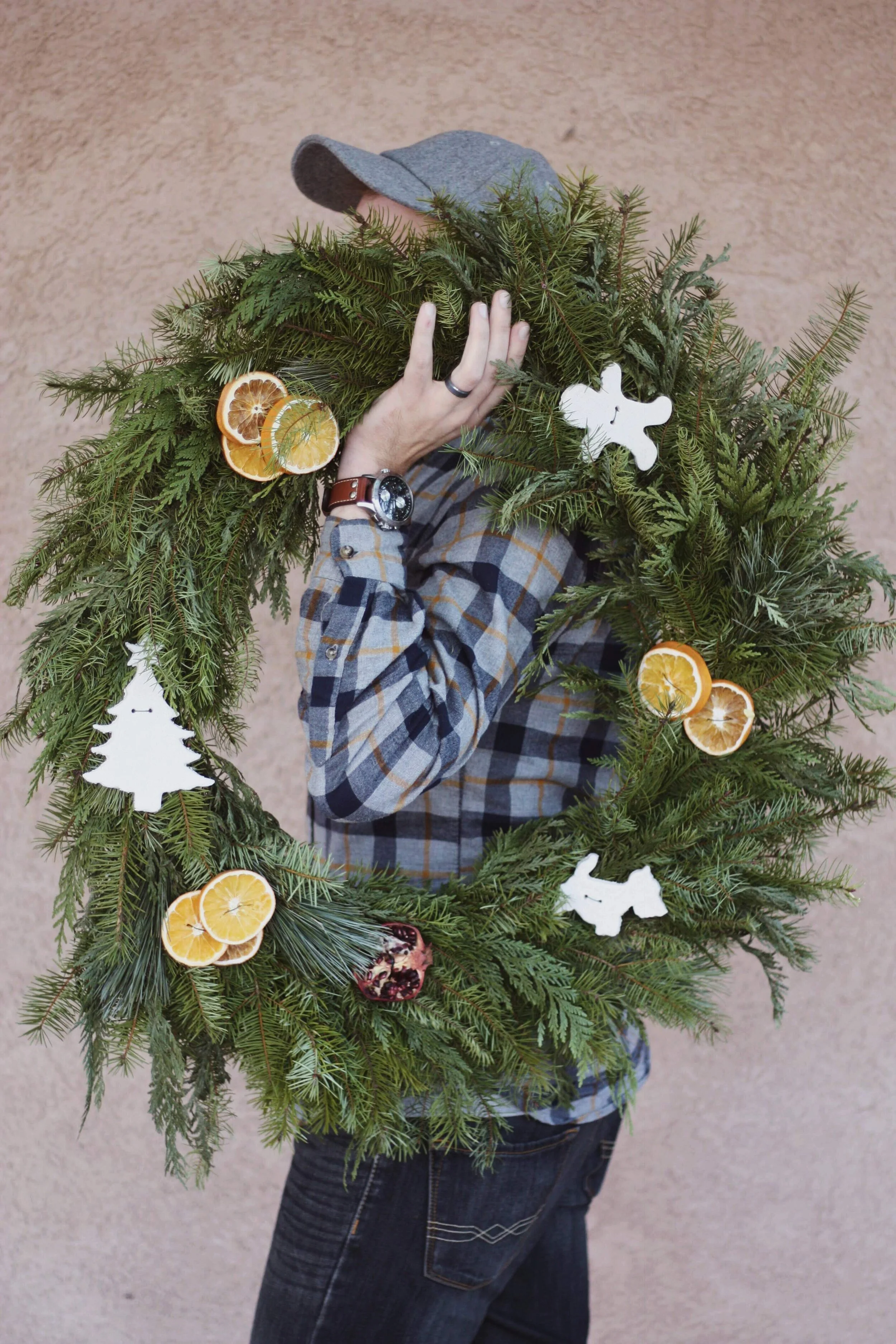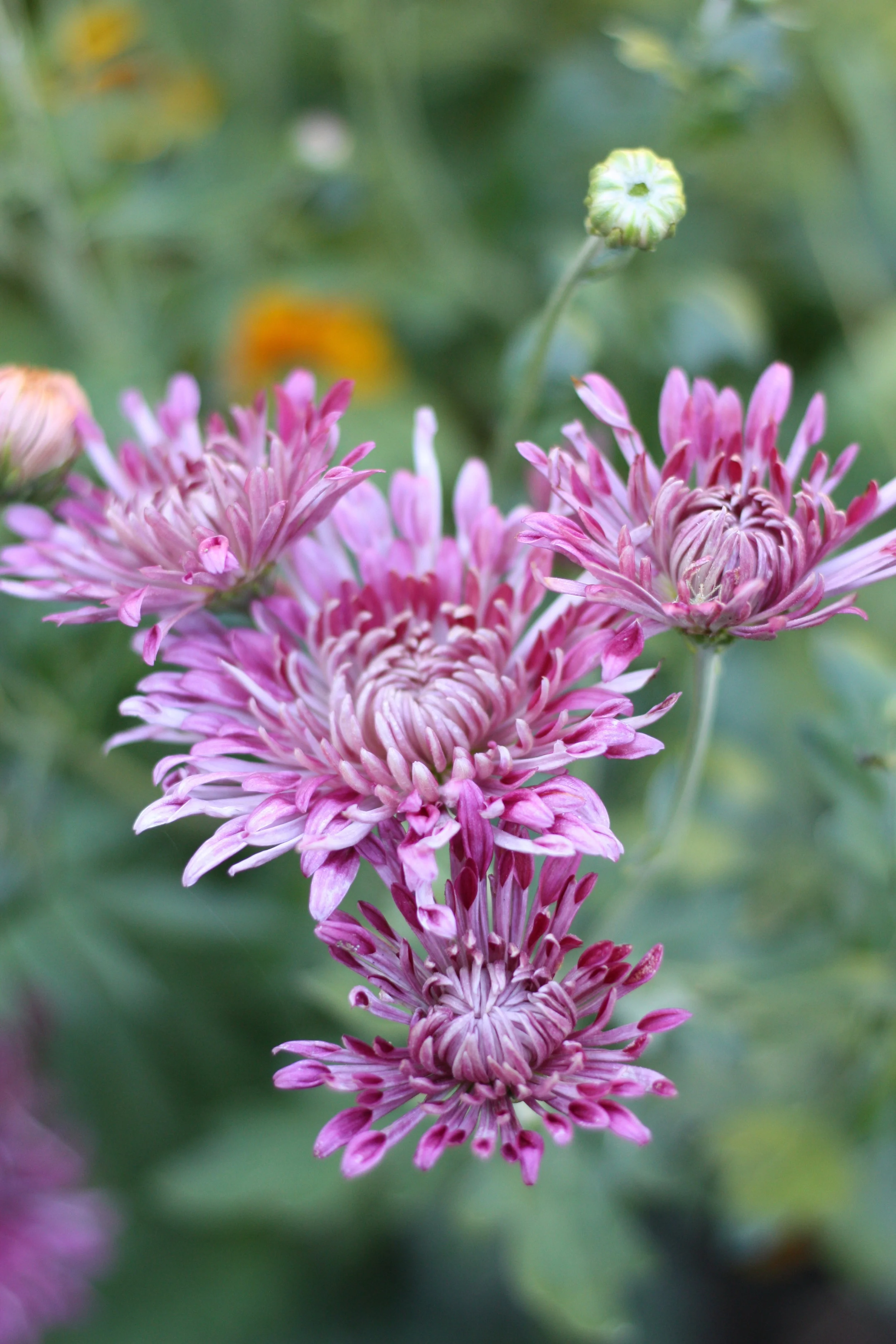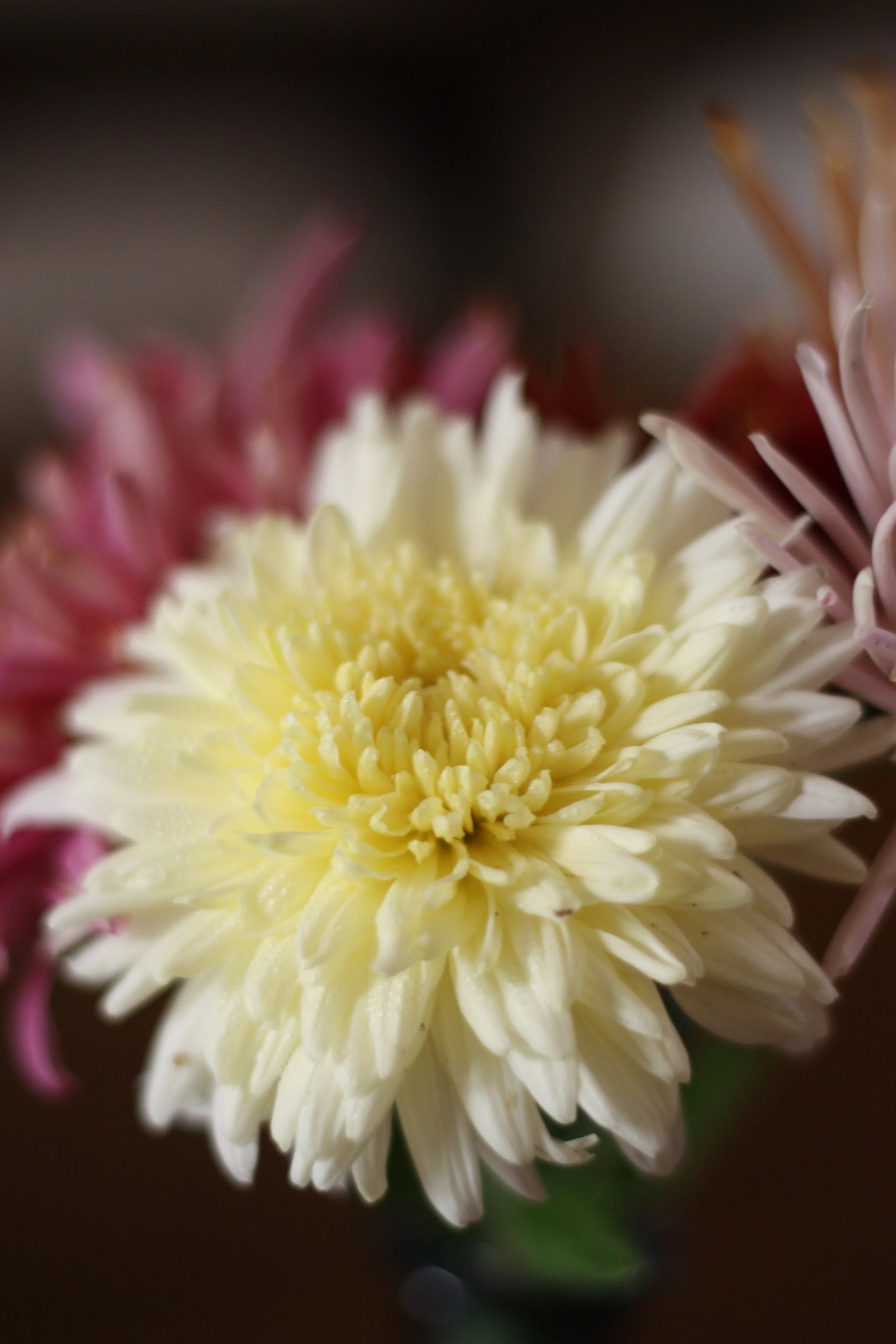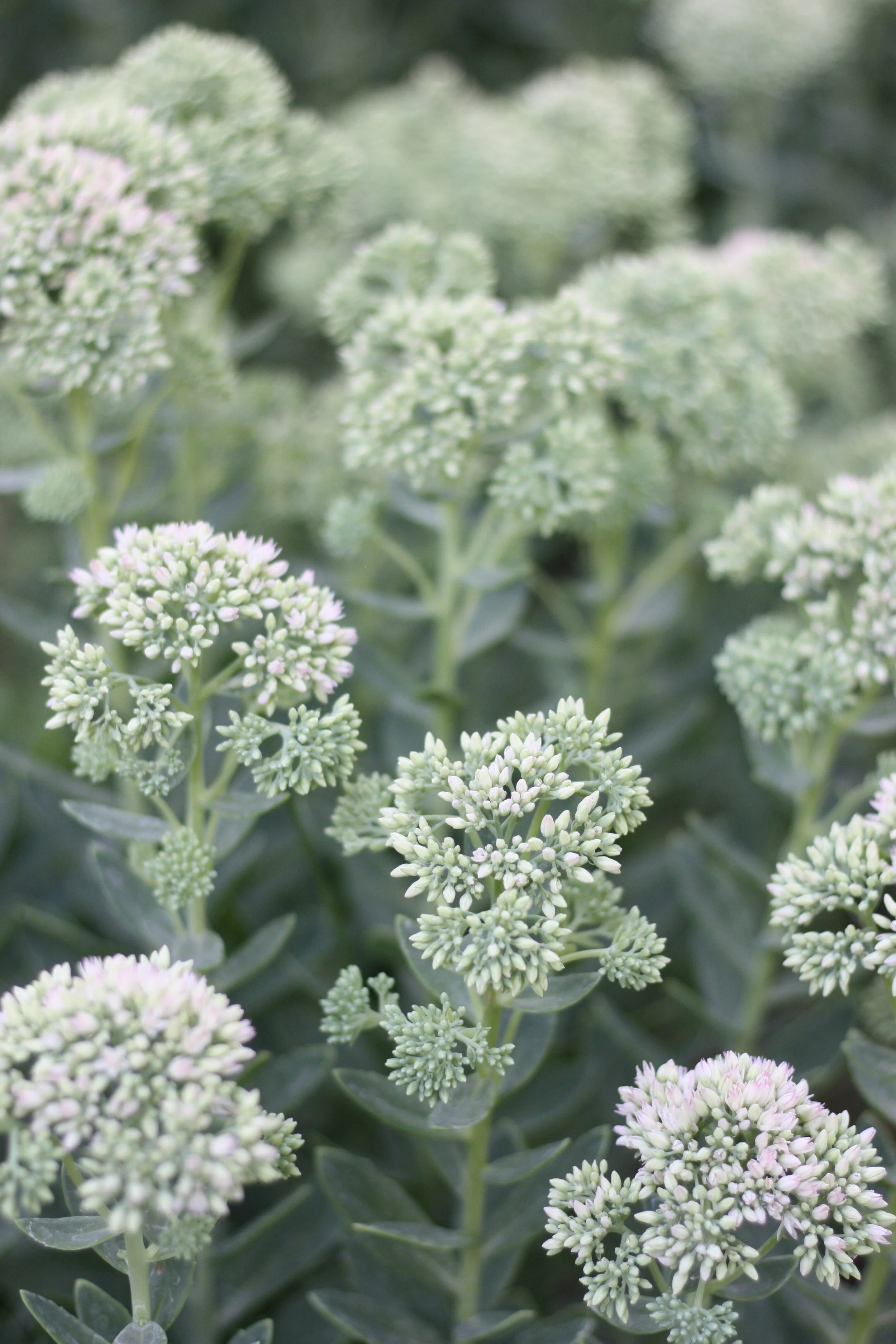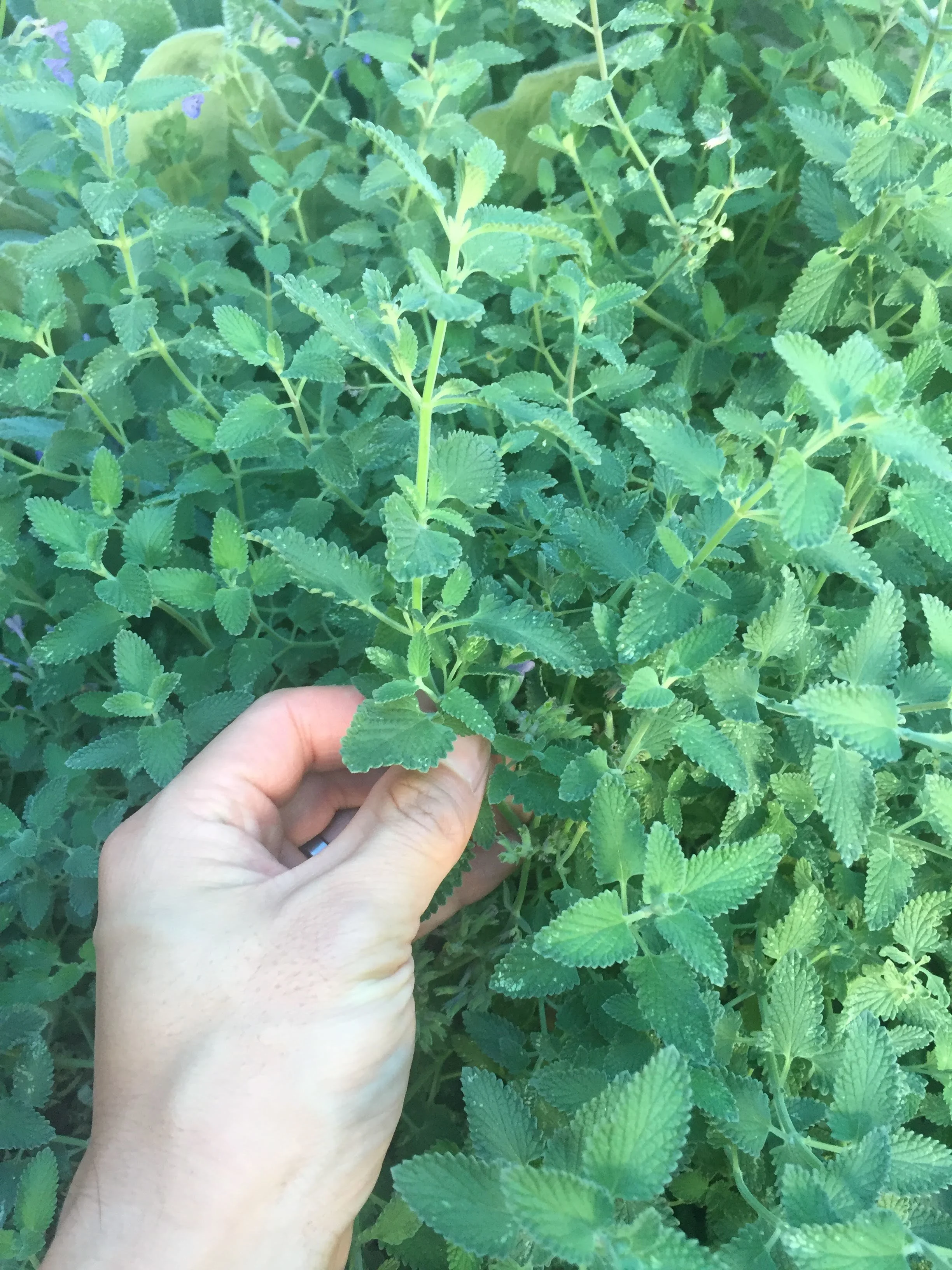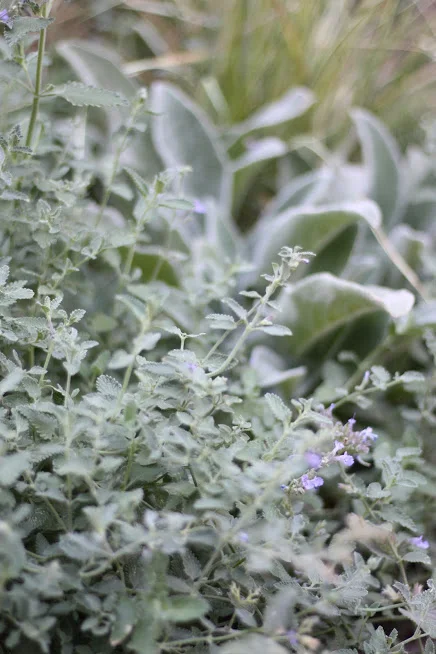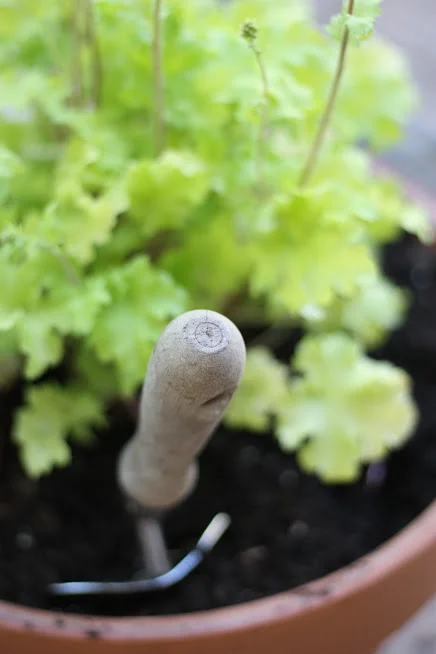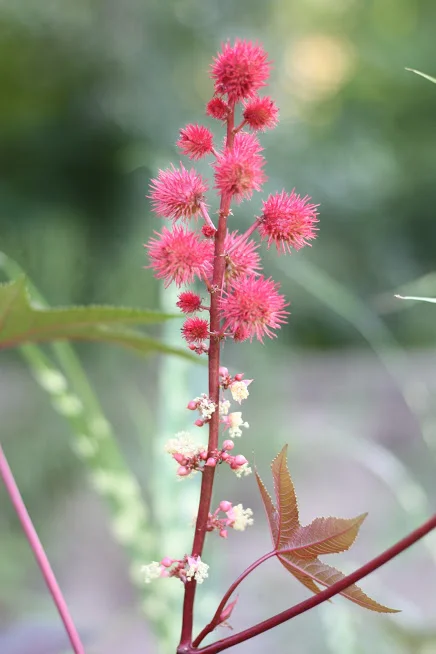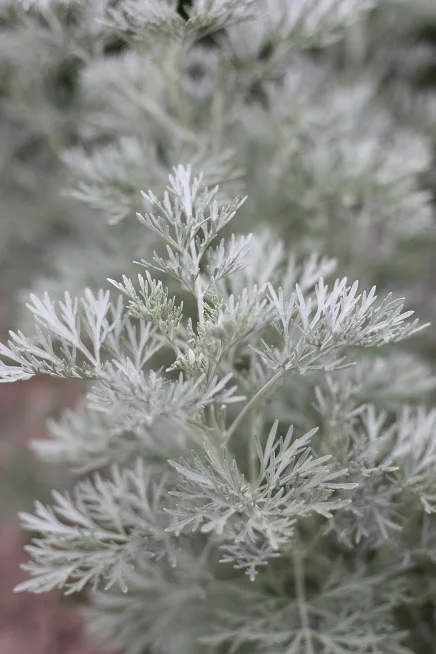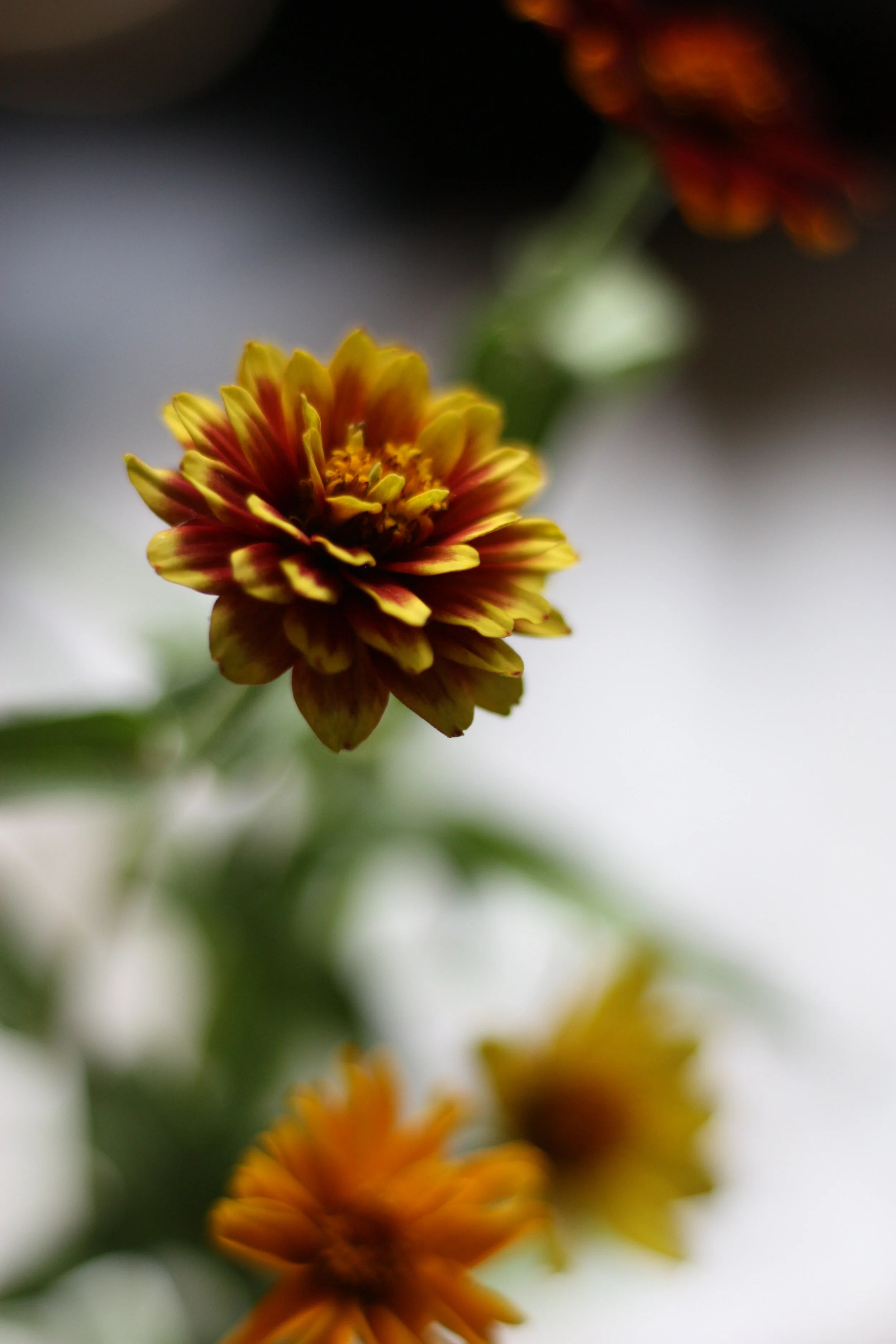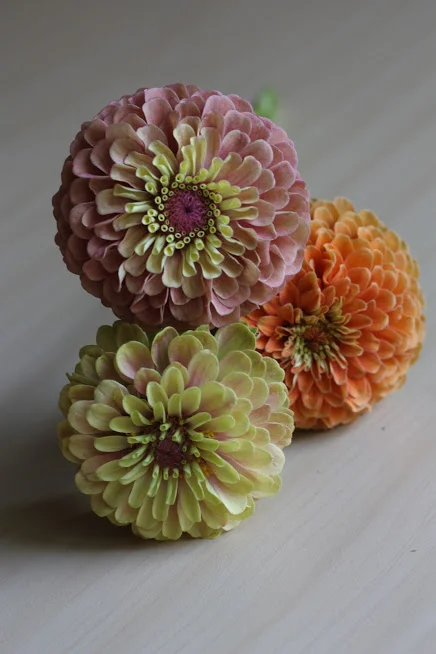So we’ve talked a lot about seed starting and seed starting in particular in either cell trays, flats or soil blocks.
What we haven’t talked about of course is direct sowing into the field. Now direct sowing is great because it allows for you to really cut down on your time as a flower farmer, skipping over babying seed in cell trays, growing out the seedlings, and then transplanting the seedlings which takes a lot of time especially in April and May for us - the busiest times of the year.
Read More